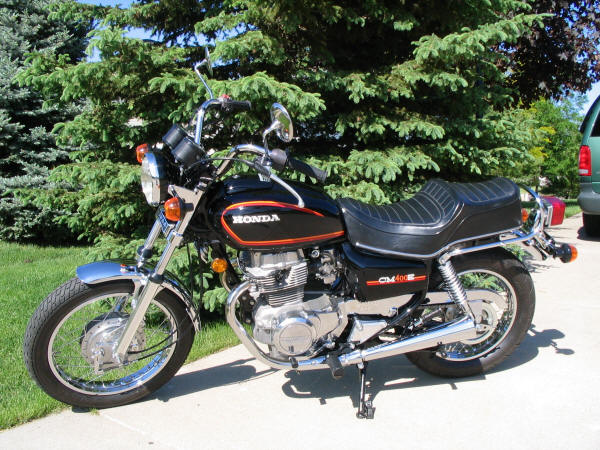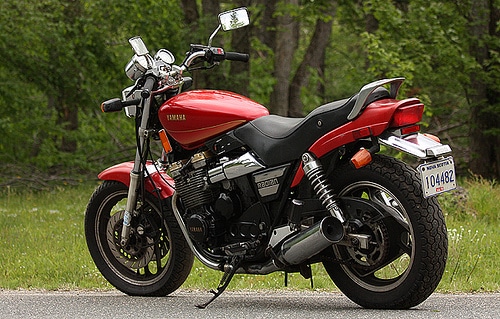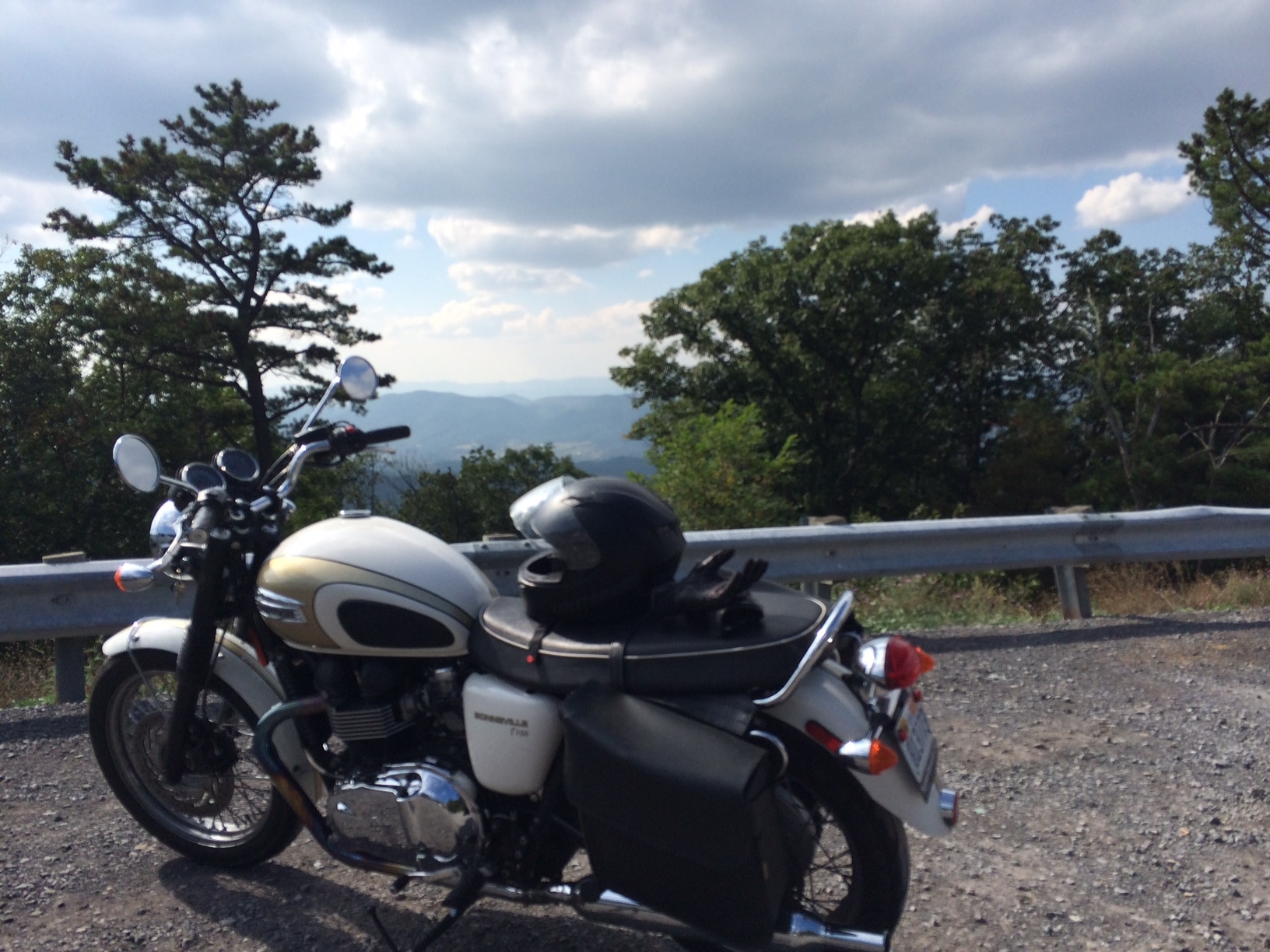BMW K75 Review
The BMW K75…where to start? Let me start by saying the K75 is one of the cheapest recent (90’s is recent for me!) BMWs you can find in the used market. This is not because it was a cheap bike to begin with, nor was it because it was a bad bike. On the contrary, the K75 and K1000 are known for racking up upward of 100k miles and were very technologically advanced for their time, being one of the first bikes to feature optional ABS and have standard fuel injection. No, The K75’s low secondary market value is largely due to a lack of demand. k75’s are not considered “sexy”, and in the BMW community some even go as far as to call them “heartless”. This is in reference mostly to the relatively smooth and refined engine in comparison to the classic BMW two cylinder boxer engine.
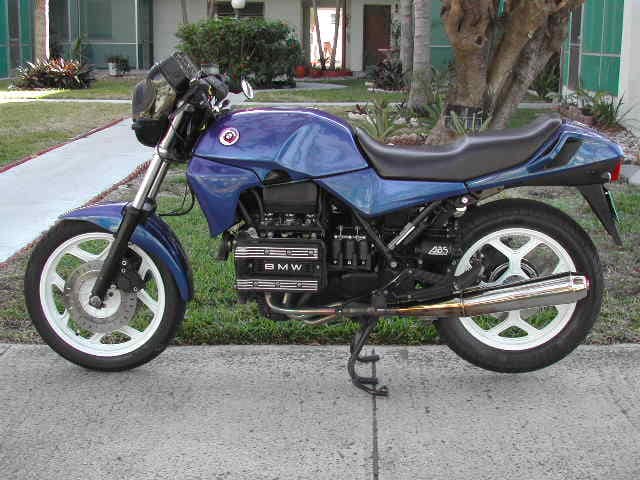
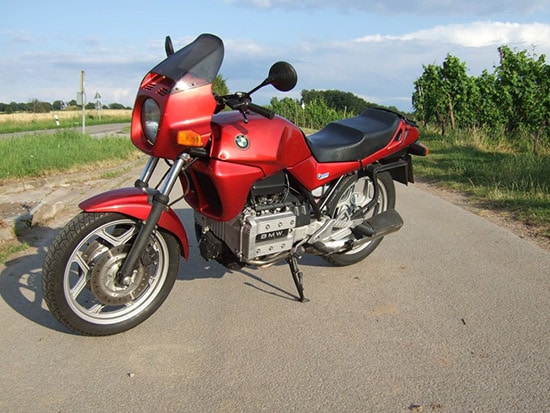
The K75 featured a 750cc air-cooled horizontal three cylinder engine known as “the flying brick” due to its brick like appearance. The engine has a characteristic high pitched whine at idle known in the BMW community as the “K bike whine”. For a motorcycle, the engine is smooth as butter. There is hardly any engine vibration. The engine supplies the bike with plenty of power throughout the rpms and the power curve itself is remarkably flat and consistent. It has a good amount of torque at lower rpms and plenty of power up at higher rpms as well. The gas mileage was OK, pretty good considering the bike’s weight. the lowest mileage I got was around 39 mpg, and that was doing stop and go in Washington DC. On the highway cruising at 80 mph or so it would get in the mid forties, and I’m sure if I kept it at 65 it would get higher than that. In the twisties this bike was nimble for its size and posture, really not a bad handling bike.
The K75 is a heavy bike at around 550lbs dry, and it has a relatively high center of gravity and seat height. For me, this bike was not really conducive to jumping on and riding around town…this bike wanted to go the distance. It was comfortable for longer rides – extremely capable and smooth on the highway. But the height and weight made it a bit more cumbersome around town. It was this reason that ultimately made me sell my bike, as when I owned it I was mostly riding and commuting around the Washington DC area.
The bikes braking power was not the best..and I did not have ABS on mine. But the bike despite being pretty heavy, only had one front disc. It did also have a rear disc as well, but the single front disc was lacking a bit of requisite power in my opinion. It still definitely stopped, but two up or loaded down with gear you have to leave yourself a bit more room in traffic.
How to tell a BMW K75 from a K1000 from the back? A K7 has a triangular exhaust baffle – three points for three cylinders. A K1000 has a square baffle, four points for four cylinders
The bike was pretty reliable, had a very good battery charging system, and would never have a problem starting, even after being left for a winter without a trickle charge. The fuel injection definitely helped with this. I did have some wiring issues with the rear lights, but nothing a multimeter couldn’t straighten out. One thing you should be cognizant of with these bikes, a potentially problematic area is the splines in the drivetrain. There are a number of connections within between driveshaft sections and the clutch which are connected via splines. The spline area and shaft itself is not immersed in lubrication, it relies on grease. Over time though, the grease tends to weather away, and if the splines are not lubricated properly the metal that joins the two areas will wear and potentially fail. There is virtually no way to tell the health of the splines on a bike without removing the entire back end of the motorcycle and checking the splines out yourself. This is doable, but definitely not the easiest procedure. So if you’re buying the bike from someone who had it for a while it’s good if they were familiar with the issue and did a spline lube every year or two.
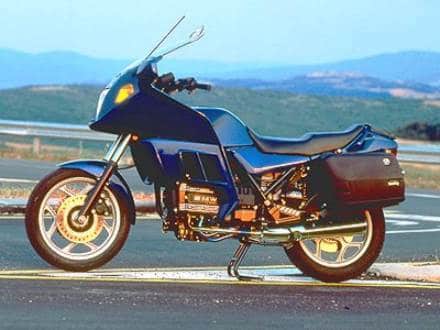
So to conclude, the K75 is a great bike for a rider who wants to do some long distance riding who has at least some expereince with other motorcycles under his or her belt. You can get them for much much cheaper than their value as a riding machine. They are very well made and will go a long time given the splines are tended too.

